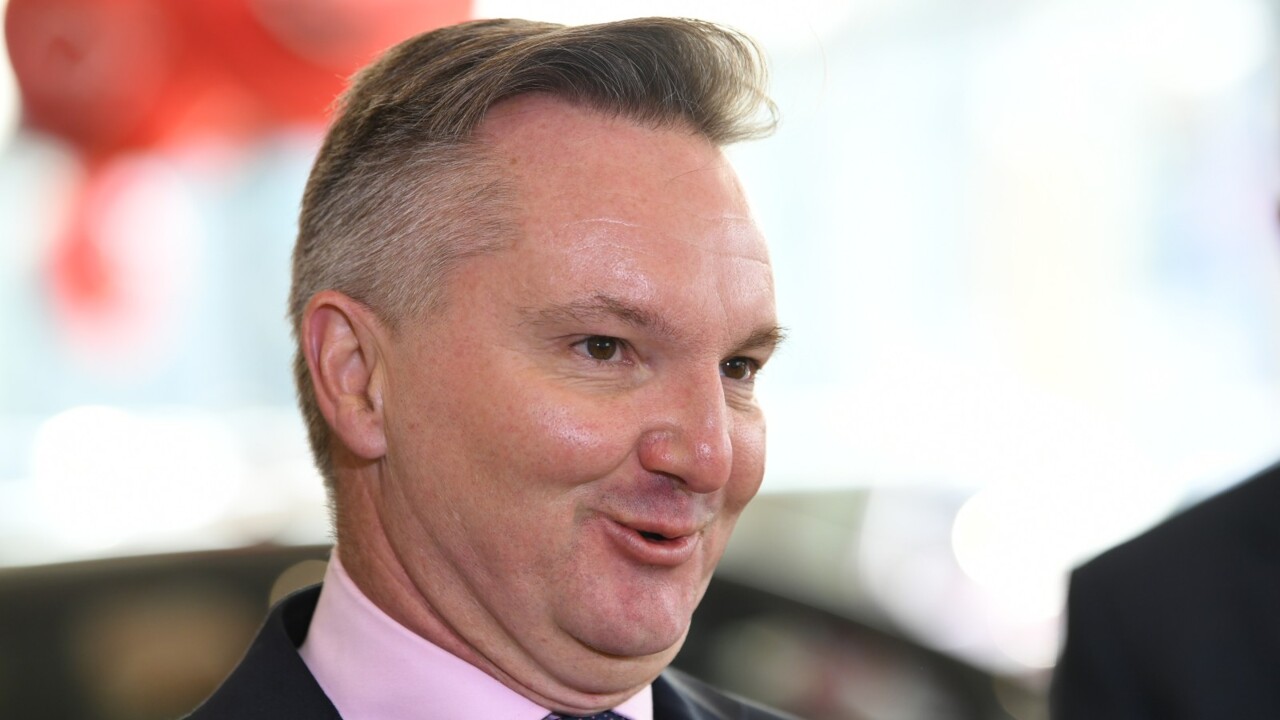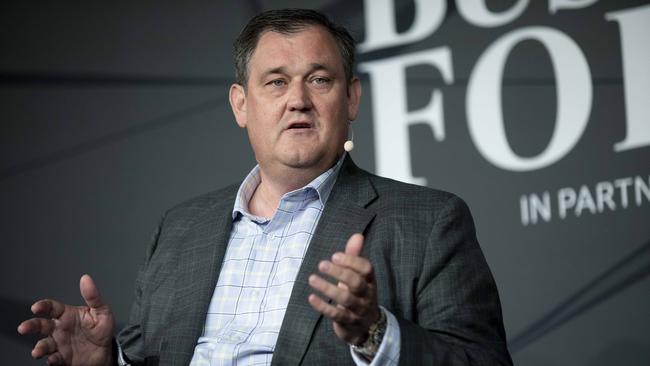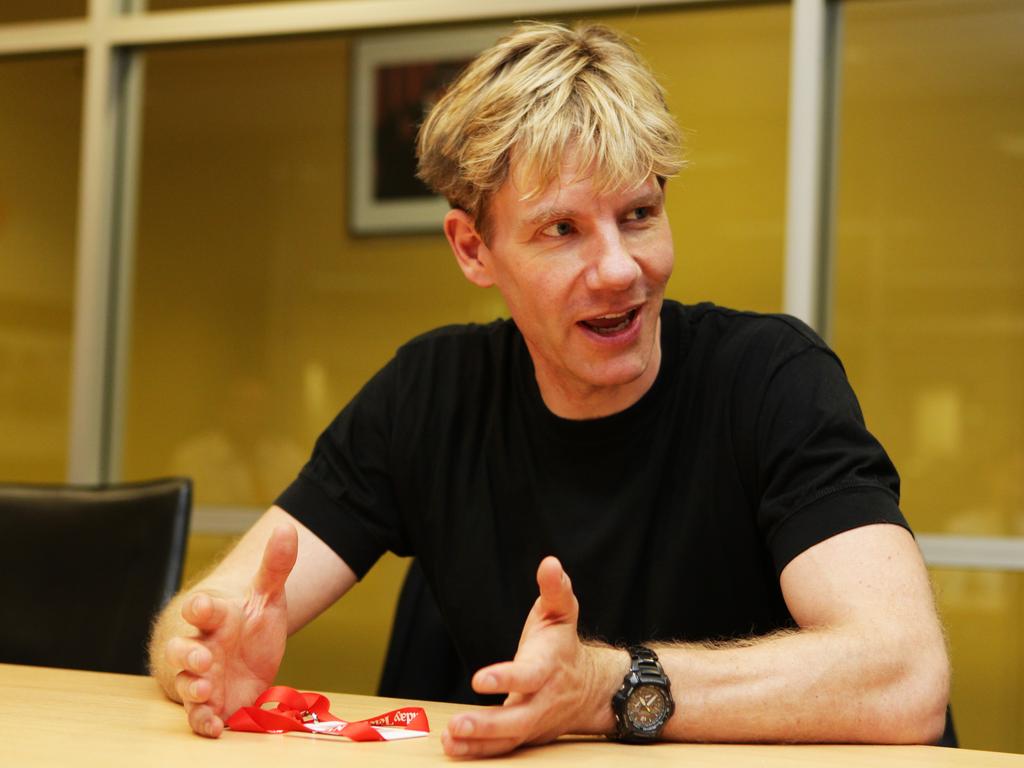
Never shy about interrupting a guest, Ferguson did so on several occasions but did not challenge the claim by Bowen, the Minister for Climate Change and Energy, that increasing renewables penetration would lower power prices. The new government promised before the May election to lower average annual bills by $275. Bills in the past year have risen an average of $300 and earlier that day the head of Alinta, one of the nation’s biggest power producers, forecast prices would rise another 35 per cent over the next year.
Speaking ahead of The Australian Financial Review’s energy summit in Sydney last week, Alinta chief executive Jeff Dimery said he was concerned consumers could pay a heavy price for decisions by AGL and the Queensland government to bring forward the closure of coal-fired generation plants. The summit did a good job making sure its own participants – and those lucky enough to follow media sources that report such things – got a dose of reality.
But in parts of the Nine newspapers, much commercial electronic news and on the ABC, journalists allow faith in renewables to trump facts. Journalists have known for years that even though prices for gas and coal are high, the wind and the sun are far from free because the cost of firming intermittent renewable power will increase total prices by as much as 300 per cent. Many environment writers in the left media won’t report it, just as they largely failed to report the wind drought in Europe last year and the blackouts in California and Texas over the past two years.
Ferguson should have challenged Bowen’s assertions by pointing to Labor’s own policy, which will require the building of tens of billions of dollars of firming capacity – pumped hydro and batteries – as well as perhaps $80bn of new poles and wires. Labor itself says its $20bn Rewiring the Nation fund will unlock another $58bn in private investment in the rollout. The country will need many more pumped hydro projects like Snowy 2.0, which has blown out from the $2bn estimated by former prime minister Malcolm Turnbull to $5.1bn.

As former Energy Security Board chairwoman Kerry Schott, no climate change or renewables sceptic, made clear in this column in February, Australia will deal with the intermittent nature of wind and solar generation by building far more capacity than needed at present and a far bigger distribution network so renewable power and storage can be accessed from anywhere on the continent depending on where the wind is blowing and the sun shining.
Sky News Australia business editor Ross Greenwood got plenty out of the Alinta chief executive last Tuesday afternoon – it’s a pity for ABC viewers that no one at 7.30 picked up the thrust of Greenwood’s interview.
Dimery told Greenwood he feared recent announcements of early coal plant closures by AGL and Queensland would mean higher power price rises there than the 35 per cent he was forecasting for Victoria. He said Australians needed to be prepared for sharply rising costs.
“What I’m really worried about is if we remove the safety net (of fossil fuel power generation), we’re like a trapeze artist up there without a safety net. If we close assets before new assets are due to come online, that is going to force prices higher and I don’t think Australian consumers can afford that,” he said.
“There’s like a global arms race going on when it comes to transitioning away from carbon intensive generation. So it’s not a case of Australia taking a run at this in its own right. We’re competing for global resources.”
Many in the environment movement seem unaware of the potential environmental cost of making the billions of solar panels and millions of wind turbines the world will need if it is to rely on renewables.
They are even less aware of the limited lifespan of such products and the need to replace them every 20 to 25 years, bury the waste and hopefully deal with the potentially lethal by-products of lithium ion battery production and disposal of used fuel cells from electric cars.
Reflect, too, on the need for easements up to 200m wide across private rural land to build the 10,000km of new network infrastructure that Labor’s plan demands.
How will Teal voters feel about doing this on farmland and in pristine wilderness areas? How will local communities deal with such change?

The Net Zero Australia interim report in August, by a group of academics from the universities of Melbourne, Queensland and Princeton, makes staggering reading.
As Jacob Greber wrote in the AFR on August 25: “Australia’s north would be transformed by five or six Tasmania-sized solar arrays and huge hydrogen hubs. Delivering … a near net zero carbon economy that exports energy to the world will also require wind and solar energy capacity equivalent to 40 times that of today’s national electricity market.”
Just achieving the legislated 43 per cent emissions reduction target by 2030 will probably require the construction of total wind and solar generation plus transmission “equal to almost five national electricity markets” today.
Total domestic energy system cost under present settings will balloon from $90bn a year “to more than $150bn a year by the late 2030s”, he wrote.
All this for a country that produces about 1.3 per cent of global emissions at a time when the world’s most populous nations are still plunging headlong into coal-powered generation; think China, which this year announced an extra 300 million tonnes of domestic coal production annually, is the world’s largest emitter by far and the biggest coal producer with more than four times the domestic capacity of any other nation, including Australia.
The media here need to do a lot more reporting on the critical issues of this pathway. What is the future for domestic industries that use large amounts of power, such as aluminium smelting? What are the strategic risks of moving from fuel sources we have in abundance to solar and wind technologies largely imported from China? What will Australia do if Europeans decide to slow the transition to net zero? Remember, decommissioned coal plants are being reopened in much of the EU in the wake of Russia’s invasion of Ukraine.
Perhaps the most important question journalists should be asking relates to the feasibility of green hydrogen, being spruiked around the world by WA mining magnate Andrew Forrest.
Speaking at the energy summit last week, climate campaigner and engineer Saul Griffith said Forrest’s so-called green hydrogen would be between five and six times more expensive than using wind and solar only for power.
Griffith claimed that for Forrest’s plan to be economically viable, he would need power priced at 2c a kilowatt hour to produce hydrogen for the government’s target price of $2 a kilogram. Most states charge between 25c and 40c now.
It was good to read so much journalism bringing a sense of scepticism to what increasingly sounds like evangelism from industry leaders and politicians.
Fingers crossed Greens leader Adam Bandt read some of the coverage so his party can learn that the new Capacity Mechanism recommended by the Energy Security Board is essential to maintaining a stable power system during the proposed renewables transition, rather than the “coal keeper” plan he and Victoria claim.







Chris Bowen told ABC 7.30 host Sarah Ferguson five separate times in eight minutes last Tuesday that the secret to lowering power prices was more renewables.